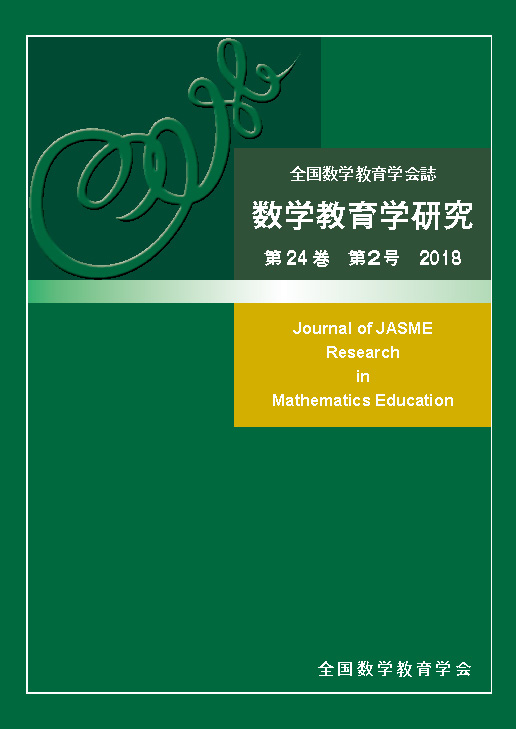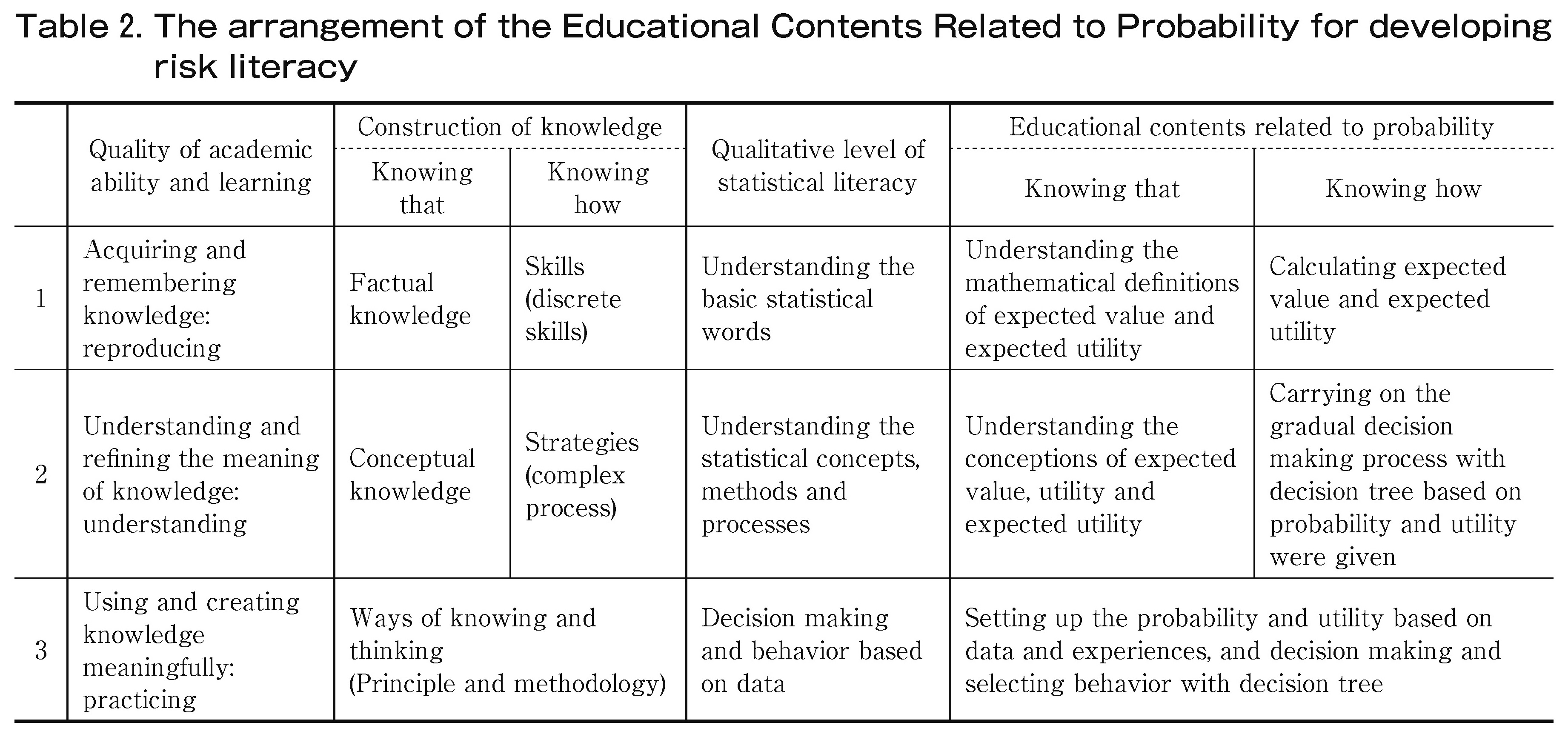What is needed in the future education is to learn mathematics in an interactive way, in communication with other students, in negotiating mathematical ideas and understandings rather than to get the best and correct idea of a mathematical problem. To improve the quality of mathematics class interaction, we planed and conducted a competition style group-based classes in the sixth grade mathematics lessons in a research project “School Support Project” in an elementary school for about four months from September, 2017 to December, based on the methodology of “Design Research”.
The purpose of this paper is to clarify the characteristics of negotiation and the mathematic learning observed in the competition style of group-based arithmetic classes. In order to achieve this goal, we planned and conducted a competition style of group-based lessons in a sixth grade class. The lessons were recorded with video cameras and the detailed transcripts were prepared for the analysis. One group, which was was selected in round 1 and lost in the battle, was chosen as the subject of analysis. Because activities of the Group were expected to have affected the system of the competition style of group-based lessons. That group’s activities were divided into four phases. Among them, finally identified three negotiation situations. The results of the analysis from the interactionist point of view, mainly based on Theory of Didactical Situation (Brousseau, 1997), were summarized as follows:
1. T he situation of competition style of group-based classes has the effect of strengthening the judgment by the students rather than relying on the teacher’s instruction, and this has the possibility of encouraging the negotiation in an independent and autonomous way.
2. In the competition style of group-based arithmetic class, it has the possibility to cause the adidactical negotiation, where the children would create their own ideas to win the match, rather than the ideas that the teachers expect, and improve their ideas while adapting to their own problems. The adidactical negotiation is characterized as an interaction with the purpose of trying to solve.
3. In the competition style of group-based arithmetic class, there is no fixed relationship between the student who explains and the student who explained as seen in the group activity in the Jigsaw method. Rather, the relationship between the two changes in the competition style of group-based arithmetic class. In this sense, it has the possibility of a symmetric negotiation.
And, the mathematics study here was an important part of the process of the mathematical processing. It is suggested that the situation of playing the game would encourage more independent, autonomous or interactive learning of the process of mathematics.
抄録全体を表示


